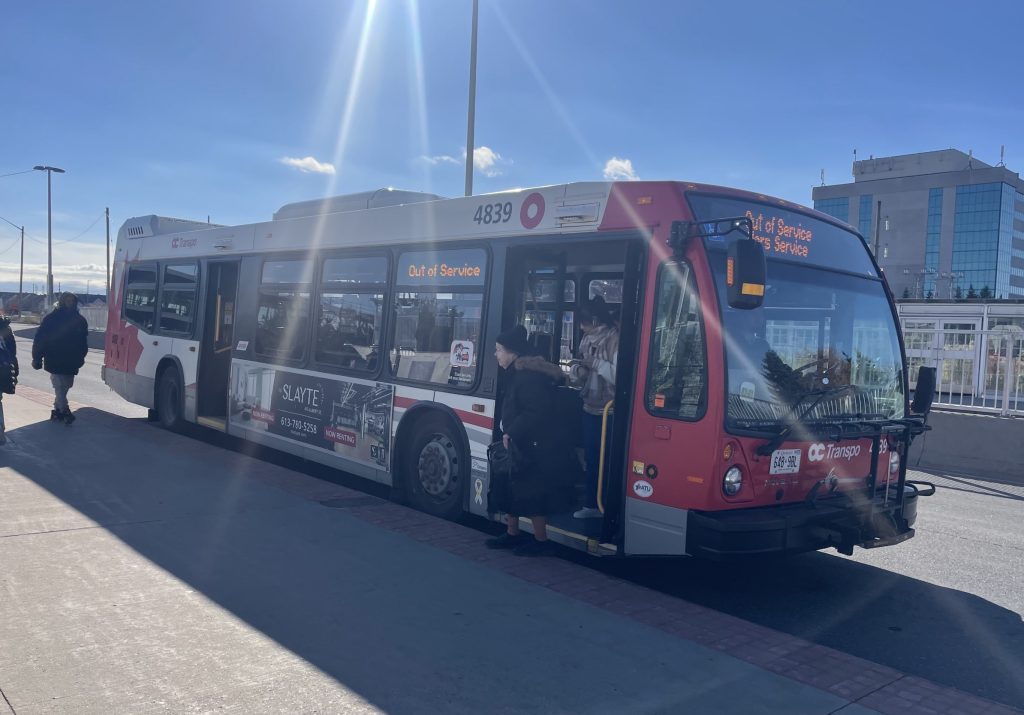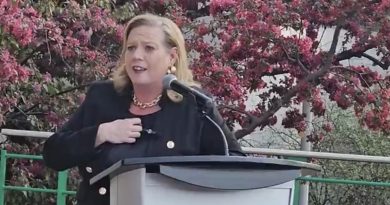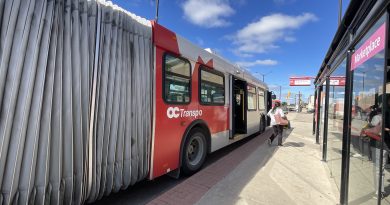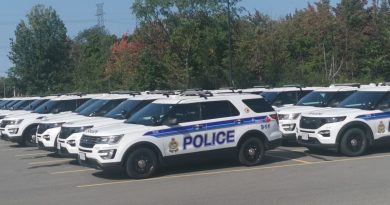A Seismic Mentality Shift for Transit Revenue is Vital
By Wilson Lo, Barrhaven East Councillor
OC Transpo is facing an extraordinary financial circumstance.
A decade of underinvestment, poor decisions around the LRT launch, a hesitant attitude to change and dynamism, and the lingering effects of the pandemic have led us to Ottawa’s transit death spiral.
Declining ridership leads to fare increases, to service decreases, to diminished service quality, and back to the vicious circle of declining ridership. The transit levy in our property taxes also has not kept up with the increasing cost of operating OC Transpo.
I’m not perfect in all this—I voted to keep the transit levy increase capped with the property tax increase, because I don’t think taxpayers should be on the hook for an institutional problem, especially with all the financial pressures we face in our daily lives.
For decades, the institutional reliance on the taxpayer and fare-paying customers as the primary sources of transit revenue has worked, especially with Ottawa’s stable commuter base.
There were gaps, but non-fare revenues like special products, advertising, and the gas tax covered them.
But the world has changed and stabilised as our new reality since 2022, but we have not adapted. We continue to believe the provincial and federal governments will come through with top-up funding, which never materialises, despite budgeting for it in the last two budgets.
To be fair, OC Transpo is not the only transit system in North America facing similar challenges—most large systems have not recovered to pre-pandemic ridership, but our situation is unique. We have acknowledged, but not embraced, this reality.
Whether or not it was right, the plan was for the LRT to replace the central Transitway. So, transit system service, resources, and funding were adjusted leading up to the launch of the LRT, but its performance was never realised.
The vehicles, operators, and funding needed to re-extend every bus route into the downtown, even if only for expresses, would be prohibitively expensive, unsustainable, and unattainable, even if we had enough lead time to buy buses and hire operators.
Despite the federal government’s announcement of three days a week return to the office, OC Transpo will soon be adapting its services to the new reality that our core ridership is no longer the downtown 9-to-5 commute.
The route realignment exercise, due to start after Line 2’s launch, recognises that and focuses the service on travel within communities and to less traditional trip generators like universities, colleges, and other employment nodes—though it misses the mark for employment areas, like hospitals.
One can make the argument the realignment really was geared to Line 2, and we’re just marketing it as an overall shift. But as an expensive higher order transit line, it needs to be a common denominator to capture as many trips for as many people as possible.
But all the acknowledgement and service changes in the world won’t truly pull us out of this transit funk. We need institutional change—a seismic shift in mentality towards how public transit generates revenue.
Transit is unique in that it has capital and land assets it can leverage. In Barrhaven East, transit “owns” almost seventy-five acres of land for park and rides and space set aside for future projects.
The most glaring example of transit land as a money sink is Nepean Woods, which has been empty since 2012. With a larger park and ride opening at Bowesville Station with Line 2, I see no future for Nepean Woods.
We also need to take a hard look at what’s possible for planned capital projects. We know the incredibly expensive Stage 3 LRT won’t happen unless it’s 100 per cent funded by the upper levels of government, yet it remains on our books as a multi-billion-dollar long-term budget pressure. We need to shelve that project until we have certainty around funding.
Additionally, a variety of transit systems around the world use administrative structures that allow for diversification to generate real and sustainable revenues; some are in use in Ottawa, but not for transit.
The bottom line is that while the transit levy and fares are decent sources of revenue, our institutional over-reliance on them has led us to believe we don’t need to be creative. The current situation says otherwise.
There is light at the end of the tunnel, but we must be willing to get out of that tunnel.





